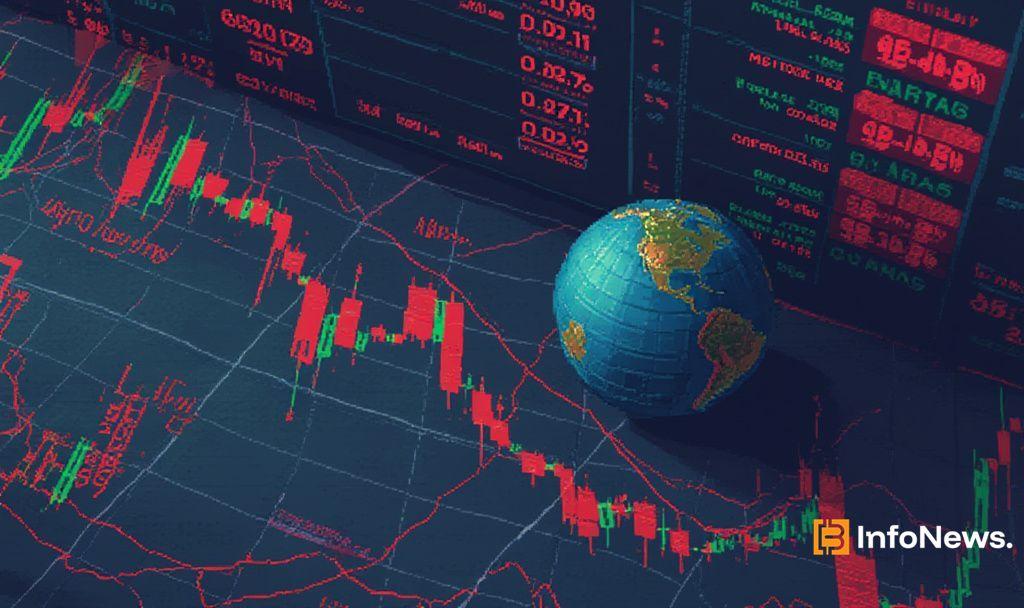Circle IPO Delayed Due to Trump’s Trade Policy Changes
- Circle delays IPO amidst trade policy changes impacting markets.
- Market uncertainty influences decision, with broader economic implications.
- Expert opinions highlight potential regulatory and investment challenges.

Circle has decided to delay its initial public offering due to uncertainty caused by changes in trade policy under Trump’s administration.
The delay highlights broader implications for the cryptocurrency market, with possible regulatory and investment challenges impacting financial strategies.
Circle Halts IPO Plans Amid Trump Trade Policy Shift
Circle planned an IPO but has delayed it owing to trade policy changes introduced by Trump. Market conditions are currently filled with uncertainty, causing the company to reassess its public offering.
The decision involves key leaders at Circle responding to evolving economic landscapes. Actions taken are aimed at minimizing risks, with future plans being meticulously reevaluated in light of current trade policies. As Gene Hoffman, CEO of Chia Network noted, “It is certainly a tough market, and it would not surprise us that any new technology growth stock is going to be cautious.”
Investor Confidence Shaken by Circle’s IPO Delay
The delay has brought immediate effects on investor confidence and the company’s strategic goals. Industry observers note its repercussions on IPO schedules across sectors facing similar uncertainties.
Financial and business implications revolve around adapting strategies to new market dynamics. Experts suggest regulatory challenges in trade policies create additional hurdles for future public offerings.
Trade Policy Changes Historically Impact IPO Markets
Similar disruptions have occurred; trade policies have historically caused market volatility impacting IPOs. Expert comparisons show past instances where policy shifts led to market recalibrations.
Potential outcomes suggest a deliberate approach to public offerings, aligning with historical trends of risk assessment and strategic adaptations as markets react to policy changes.

